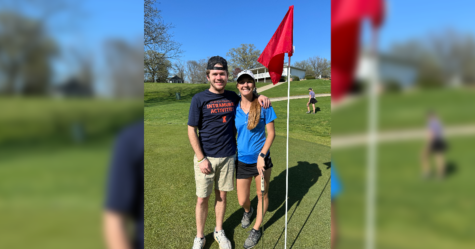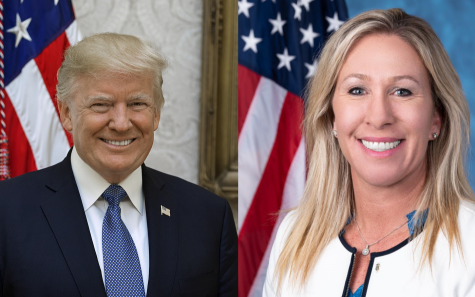Constellation: How do police enforce written and unwritten rules?
Video Credit: Andrew Adams, Staff Writer
Ty Dooley, Associate Professor and Interim Director for the School of Public Management and Policy at the University of Illinois Springfield, understands policing in the United States — as a researcher and a citizen.
Last year, Dooley focused research time on understanding the history and consequences of policing policy. He focused on the rules made by police departments and agencies when implementing the broad strokes of law.
“These are the codes of conduct that each individual police department, in this instance, uses to go ahead and govern their interaction with individual citizens,” said Dooley.
These codes of conduct result in Black Americans having disproportionately more incidences of police use of force than white Americans.
Dooley recommended introducing three changes to the system of rules that govern policing: limiting officer discretion on use of force, establishing a nation-wide licensing standard for police and creating a national database for police use of force incidents.
In March of this year, as he was working on finalizing his article, Dooley had firsthand experience with the differences in policing. the police called on him while visiting a bank.
“Had I been a 16 year old white female, I’m not sure the police would have been called on me,” said Dooley.
Dooley titled his blog post “A Teachable Moment” and used his experience as a way of asking people to consider the implications of what the rules are for so-called “public spaces.”
“When we think about the social order, right? Public spaces really aren’t public spaces for the entire public. Public spaces really are synonymous with white spaces,” he said.
In the show, I mention an analysis of Black Lives Matter protests, comparing them to the Civil Rights Movement. That work was done by Kerby Goff and John McCarthhy at the Washington Post and published in mid-October.
Dooley’s article on policing can be found at the journal Administrative Theory & Praxis. His blog post on the UIS blog The Capitol Connection.










